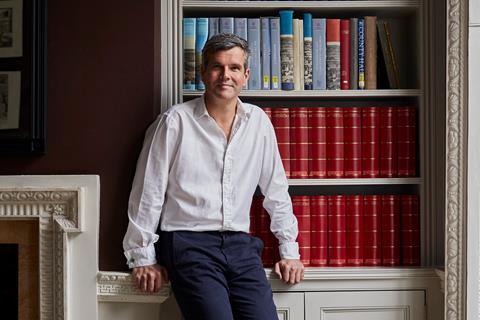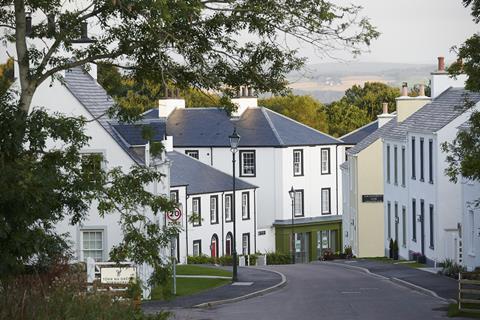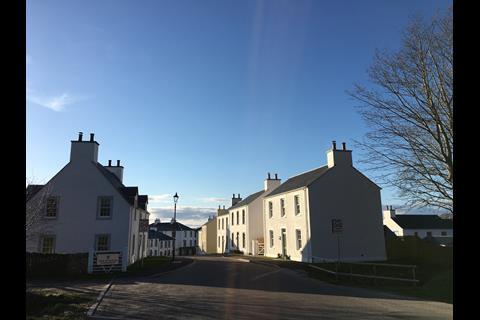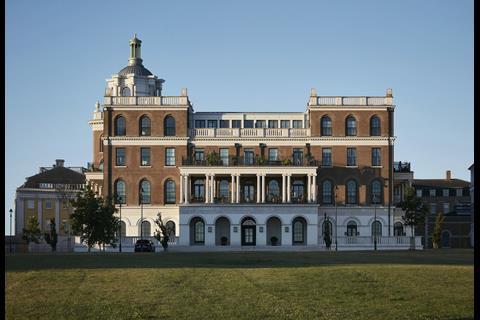Leading traditionalist designer picks up lucrative Driehaus prize from University of Notre Dame

Ben Pentreath is to be awarded the Richard H. Driehaus Prize at a ceremony in Chicago this weekend.
Established in 2003, and presented annually by the University of Notre Dame School of Architecture, the prize is given to a living architect whose work embodies “the highest ideals of traditional and classical architecture in contemporary society, and creates a positive cultural, environmental, and artistic impact”. The winner receives $200,000.
Pentreath studied art history at the University of Edinburgh and the Prince of Wales’s Institute of Architecture in London. He later worked for the Prince’s Foundation for the Built Environment, before establishing his own practice in 2004. One of his first commissions was for the Poet Laureate Pub on Pummery Square, Poundbury. Other significant works include the Royal Pavilion apartment building in Poundbury and the masterplan for Tornagrain, a planned new town east of Inverness.
The firm employs around 40 architects, urban designers and interior designers at offices on Lambs Conduit Street in Bloomsbury. Pentreath also runs an interior design shop, Pentreath & Hall, on nearby Rugby Street, which he co-owns with artist Bridie Hall.
The University of Notre Dame School of Architecture’s is widely recognised for its classical and urbanist curriculum, which focuses on traditional architecture and urbanism, as well as sustainability. The Driehaus Prize was conceived to complement the school’s approach and highlight the work of practicing traditional architects.
Pentreath is the 21st recipient of the Driehaus Prize, with previous recipients including Leon Krier, Demetri Porphyrios and Abdel-Wahed El-Wakil.
Stefanos Polyziodes, jury chair and dean of the school of architecture said: “Ben’s artistry and architecture combine to create urbanism across all contexts while he works effortlessly in harmony with the local landscape, heritage, climate and culture of the settings where his work is rooted — lending an aura of both authenticity and cultural continuity to it.
”Most importantly, the work conveys a sense of stewardship of the Earth and its resources at a time when an attitude of conservation and investment should be an essential part of the solutions to address the environmental crisis of our time.”
The jury citation states: “As a luminary within a rising generation of architects, his work encompasses what the prize celebrates most: beauty, durability and commitment to place.
“The designs unerringly establish a sense of place, whether new or in the transformation of the existing,” according to the citation. “The durable construction, arrangement of interior spaces to take advantage of natural lighting and ventilation and placement and siting in mixed-use, walkable cities and towns and villages offer alternatives to the current notions of green architecture which typically rely solely on technological solutions.”




















No comments yet